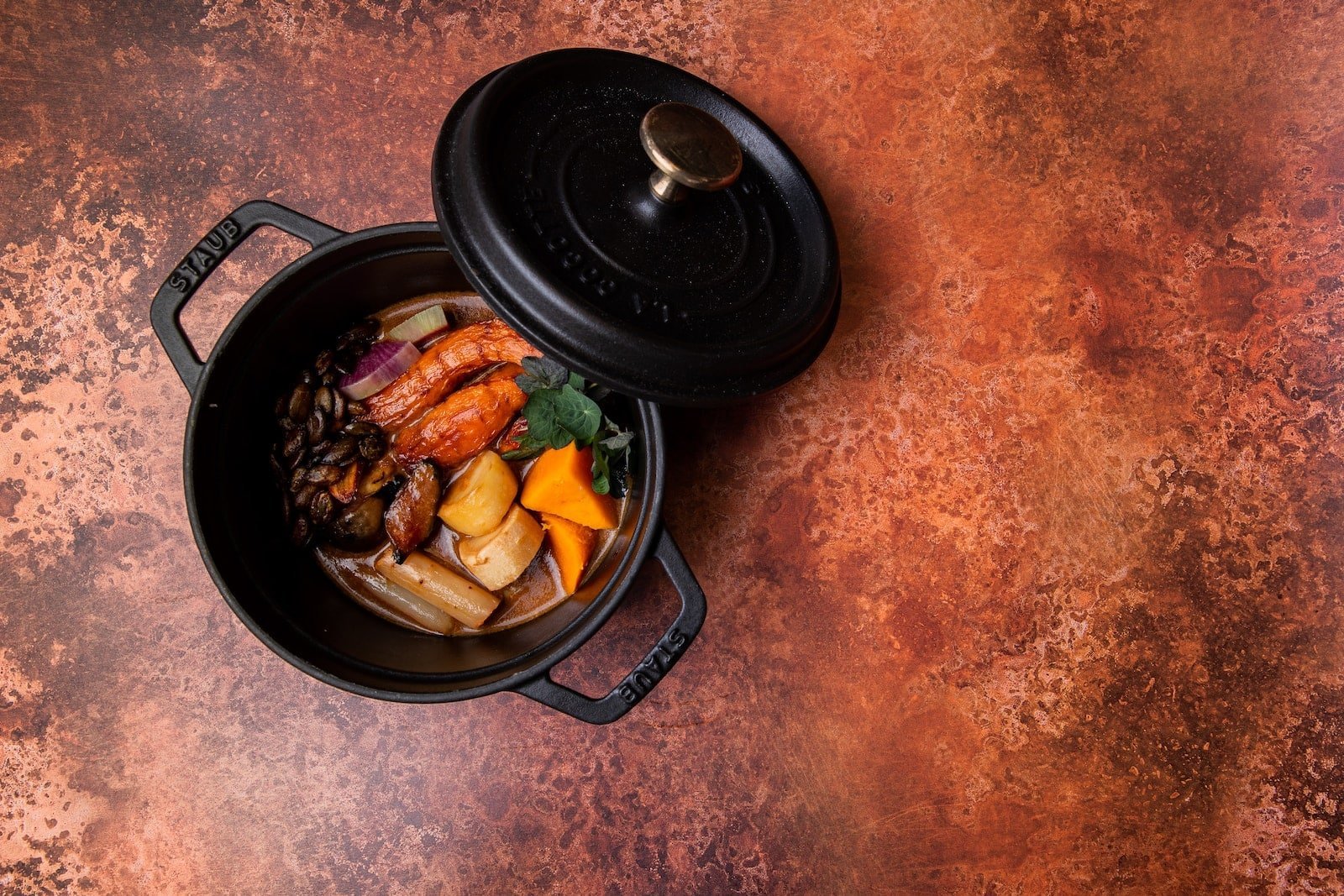While not as widely consumed as in generations past, rabbit meat continues to be a part of many family meals, especially in rural communities. Though no longer as popular as chicken, beef or pork, rabbit provides a lean, protein-packed option for home cooks looking to mix up their dinner routine. According to research by the U.S. Department of Agriculture, over 2 million households still choose to eat rabbit meat regularly.
However, proper handling of rabbit is crucial to avoid foodborne illnesses. Rabbit meat is more susceptible to bacteria growth than some other types of meat if not stored at the proper temperature. The Centers for Disease Control and Prevention (CDC) estimates there are approximately 1,500 cases of foodborne illness from rabbit reported each year in the United States.
A key step in safe rabbit preparation is proper thawing of frozen meat. Letting frozen rabbit defrost on the counter can lead to ideal conditions for multiplying bacteria. To keep your family healthy, it’s important to use recommended defrosting methods and follow guidelines for cooking and storing thawed rabbit…
The safest method recommended by the U.S. Department of Agriculture (USDA) for defrosting rabbit is in the refrigerator. When thawing in the fridge, allow approximately 24 hours for every 5 pounds of rabbit. Be sure to place the frozen rabbit on a plate or in a container to catch any juices that may drip as it defrosts.
It’s important not to overcrowd the refrigerator – make sure to leave space for cold air to properly circulate around the rabbit as it thaws. The CDC advises keeping your refrigerator set below 40°F. Check the rabbit periodically to see if it has fully thawed. Once thawed, it can be kept refrigerated for an additional day or two before cooking.
If you need to thaw rabbit more quickly, you can submerge the wrapped rabbit in a bowl or sink full of cold water. The USDA recommends allowing 30 minutes per pound, changing the water every 30 minutes until it is fully thawed. Make sure the rabbit stays immersed in the cold water during the process by weighing it down as needed.
The FDA warns against letting rabbit sit out at room temperature to thaw, as bacteria can multiply rapidly in the parts that reach 40°F or higher. Thawing in cold water keeps the rabbit cooler as it defrosts. Once thawed using this method, cook the rabbit immediately.
Thawing rabbit in the microwave is a fast option, but care must be taken to avoid cooking the meat unevenly or prompting bacterial growth.
Check your owner’s manual for defrost settings and instructions. The FDA notes that microwave ovens can defrost unevenly, leaving cold spots in rabbit where bacteria can survive. Microwaving should only be used if you plan to cook the rabbit immediately afterward.
The USDA advises microwaving rabbit no longer than 6 minutes per pound. Halfway through, flip and rearrange the rabbit pieces to promote even defrosting. Let the rabbit stand for a few minutes afterward before cooking, to allow any icy spots to finish thawing.
No matter which thawing method you use, follow these guidelines from the USDA for safe handling of thawed rabbit:
“Refreezing thawed rabbit could pose a food safety risk by allowing bacteria growth over time. Only refreeze if the rabbit still contains ice crystals and feels refrigerator-cold.”
Proper thawing sets you up for safe cooking and enjoying your rabbit. Monitor temperatures and follow the recommended timelines based on the defrosting method chosen. When in doubt, thaw in the refrigerator for a slow and safe process.
Freshly thawed rabbit needs to be cooked thoroughly to an internal temperature of at least 165°F as measured by a food thermometer, advises the FDA. This temperature kills potentially harmful bacteria that could lead to foodborne illness.
Here are some tips for safely cooking thawed rabbit:
“Leftover cooked rabbit should be refrigerated within 2 hours and reheated to 165°F before serving again,” recommends the USDA.
Following safe thawing and cooking steps will help protect you and your loved ones from foodborne illnesses when preparing rabbit.
Freshly thawed rabbit that is not cooked right away needs proper storage to prevent bacterial growth. Here are some guidelines from the USDA:
Properly storing thawed rabbit prevents spoilage and reduces the risk of foodborne illnesses. Follow the recommended time limits and temperatures.
Thawed rabbit that has sat in the refrigerator too long can become spoiled or contaminated with dangerous bacteria. The USDA cautions to never taste meat to determine if it is spoiled! Instead, look for these signs:
“Discard thawed rabbit immediately if any signs of spoilage appear. Do not taste or attempt to cook spoiled raw rabbit, as illness can result,” warns the FDA.
When in doubt, throw it out! Prevention is key to avoiding foodborne illnesses from rabbit.
Following proper rabbit defrosting, cooking, and storage techniques can help protect you and your loved ones from potential foodborne illnesses. Take the time to handle rabbit carefully and you can confidently enjoy this lean, flavorful meat. What defrosting tips do you recommend? Share your advice in the comments!


